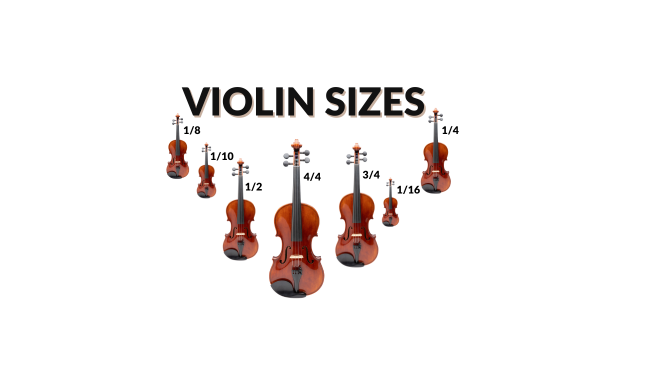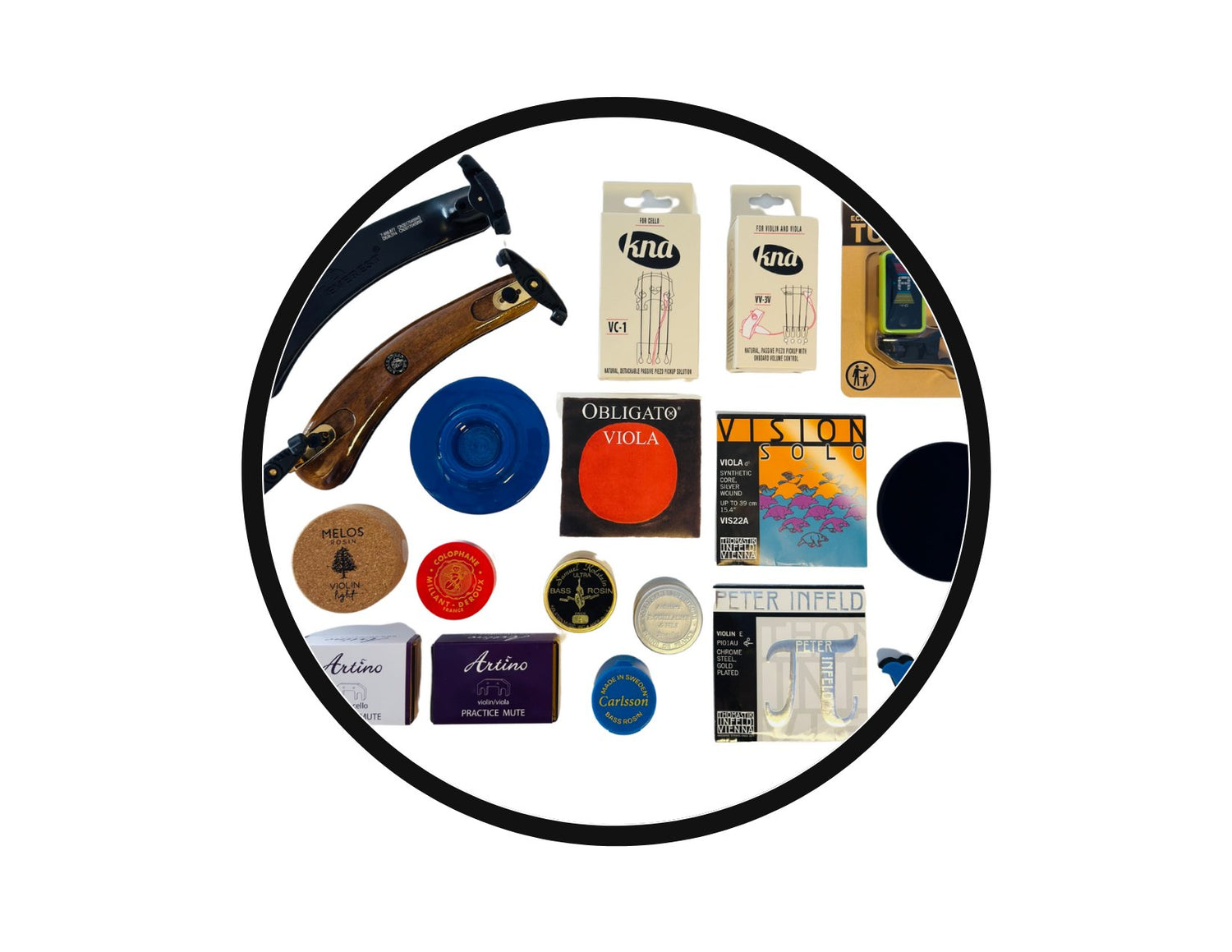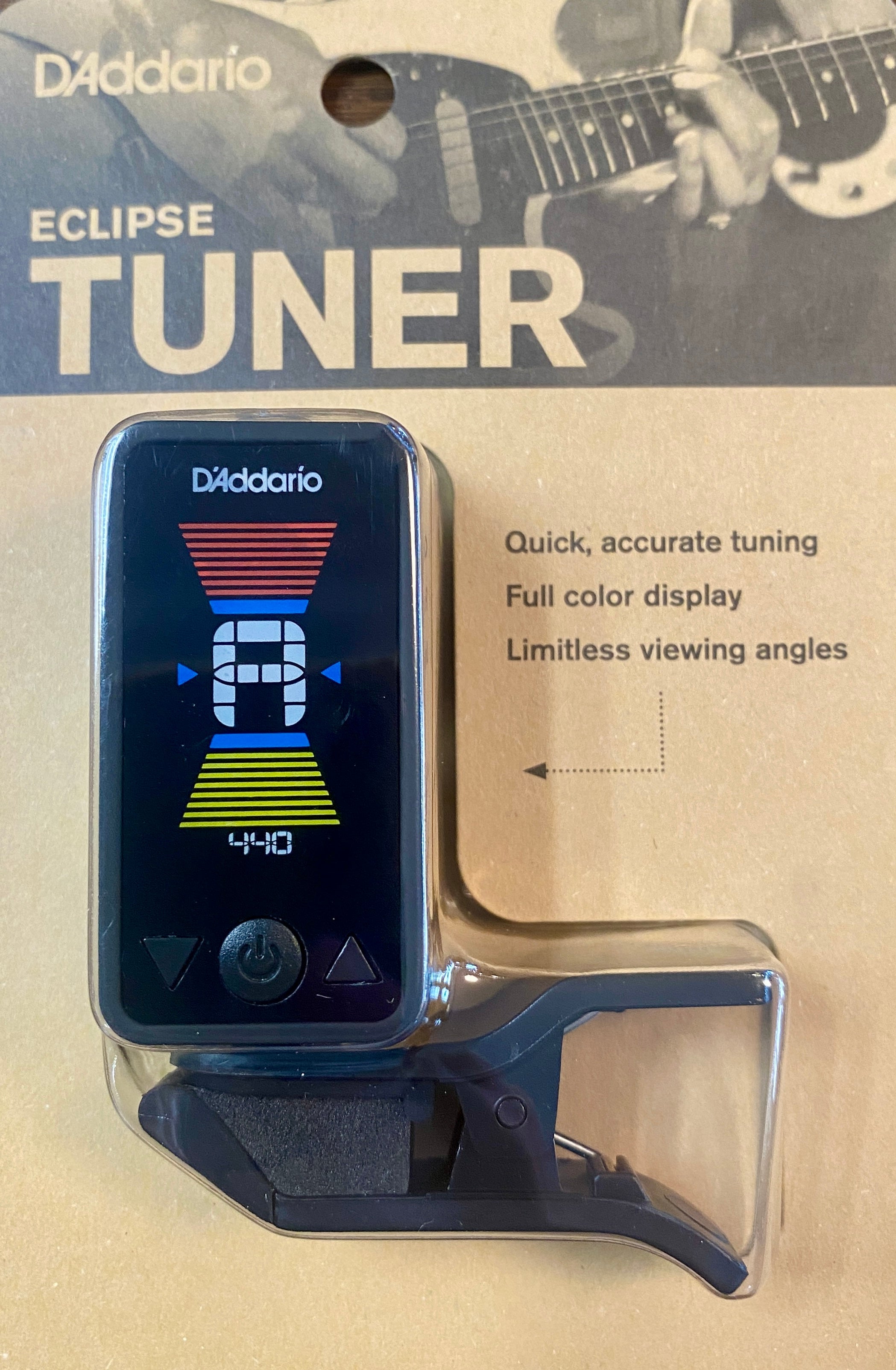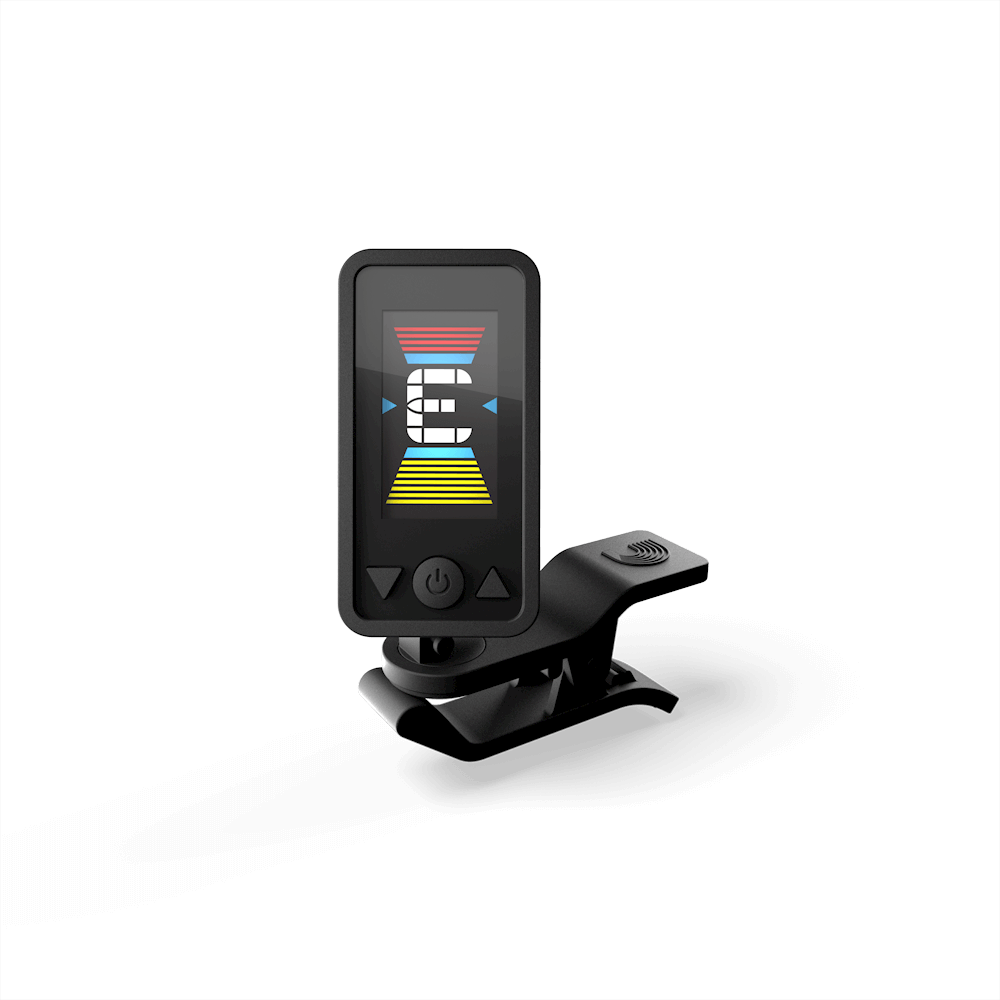
Exploring Various Violin Sizes
When a child starts their musical journey, it is of the utmost importance to have the correct size instrument. Violin sizes, often measured in fractions, cater to a wide range of musicians, from beginners, some as young as age 3, all the way to adults. This scale difference allows the musician to have the correct posture and allows the instrument to be as comfortable as possible. As they grow, their developed hand structure doesn’t need to change much as we can move to a bigger size to accommodate their bigger stature.
Standard Full-Size Violins
The full-size violin, known as the 4/4 violin, is the standard for adult players. The dimensions of the full-size violin have been optimized over centuries to produce the best sound quality and playability. This size typically features a body length of about 14 inches. The construction of a full-size violin follows traditional standards, with specific attention to the balance and ergonomics, ensuring that the instrument is comfortable for prolonged use. Depending on how fast a young musician grows, students usually move into the full size around 11-13 years old.

photo credit: Stilfehler
Smaller Violin Sizes for Young Musicians
Smaller violin sizes, ranging from 1/16 to 3/4, cater to younger players and beginners. The choice of size is critical in providing a comfortable and ergonomically suitable instrument for children of different ages and sizes. The appropriate violin size for a child is determined by their arm length, hand size, and sometimes the length of their neck. A violin that is too large or too small can hinder a child's ability to learn proper technique and can be physically uncomfortable. Pain and discomfort from an incorrect size is a major factor in why some musicians quit early on. A correct size allows the student to stand up with their neck straight and shoulders relaxed. Their left arm is at a comfortable position with their elbow forming a near 90 degrees. The right size instrument allows their hand to play all notes in first position without having to stretch and struggle. You should not need to overextend your hand and fingers.

Crafting smaller violins involves scaling down the dimensions of the full-size violin while maintaining the correct proportions and sound quality. This process is challenging, as reducing the size of the violin can impact its acoustic properties. The key is to adjust the thickness and graduation of the top and back plates, as well as the bass bar and sound post positions, to ensure that the smaller instrument still produces a pleasing and balanced sound.
The bow is also scaled down to allow for the players right arm to be fully extended and still be able to reach the end of the bow without sliding off the strings or leaving extra playing space along the bow hair. A student extending too far with their bow and sliding off the strings is a huge indicator that it may be time to move up in size.
Intermediate Sizes
Intermediate sizes, such as the 7/8 serve as a bridge between the smaller violins and the full-size violin. This size is often preferred by players of smaller stature, including some adults and teenagers, who find the full-size violin too large or uncomfortable. The 7/8 size violin offers a more manageable alternative without significantly compromising on sound quality. Most times the 7/8ths violin may not be a transitionary size but instead the size a player may stick with for their playing career. Because of this, luthiers crafting these intermediate sizes have the challenge of balancing the ease of playability with maintaining a robust and mature tone. The craftsmanship involved in these violins is akin to that of full-size violins, with detailed attention to the quality of materials and construction. The goal is to create an instrument that still offers as rich and expressive sound as their full-size counterparts.
Custom Handmade Instruments
In addition to standard sizes, there are specialized and custom-made violins to accommodate unique needs and preferences. Custom handmade violins can be tailored to individual requirements, such as specific hand sizes, arm lengths, or unique tonal preferences. A player may choose an instrument designed from unique violin patterns from the old master luthiers. Most handmade violins are built as copies or replications of previous master’s designs. A player can decide every step of the process to design their own violin and ensure it plays exactly what they require.
As a violin maker, creating these specialized instruments requires a deep understanding of the player’s needs and a flexible approach to design and construction. It involves collaborating closely with the musician, often creating multiple prototypes, to achieve the desired ergonomics and sound characteristics.
Conclusion
It is very important to have the right size instrument for the right size player. From crafting the delicate and precise full-size violins to adapting designs for smaller or specialized instruments, the work involves a blend of technical skill, acoustical knowledge, and artistic sensitivity. Each size serves a unique purpose, catering to different players and playing contexts, and reflects the diverse world of violin music.






